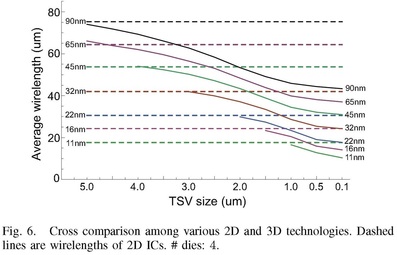Webcast Overview:
It is well recognized that dimensional scaling has reached its diminishing return phase. The industry is now looking at monolithic 3D to be the future technology driver. Yet, until recently, the path to monolithic 3D has required the development of new transistor types and processes. This Webcast will present game-changing monolithic 3D process flows, which use the existing transistor of existing manufacturing line and existing process flows. Now the most effective path for future IC scaling is indeed monolithic 3D, which offers the lowest development and manufacturing cost for future ICs.
Download Webcast Slides
It is well recognized that dimensional scaling has reached its diminishing return phase. The industry is now looking at monolithic 3D to be the future technology driver. Yet, until recently, the path to monolithic 3D has required the development of new transistor types and processes. This Webcast will present game-changing monolithic 3D process flows, which use the existing transistor of existing manufacturing line and existing process flows. Now the most effective path for future IC scaling is indeed monolithic 3D, which offers the lowest development and manufacturing cost for future ICs.
Download Webcast Slides


 RSS Feed
RSS Feed